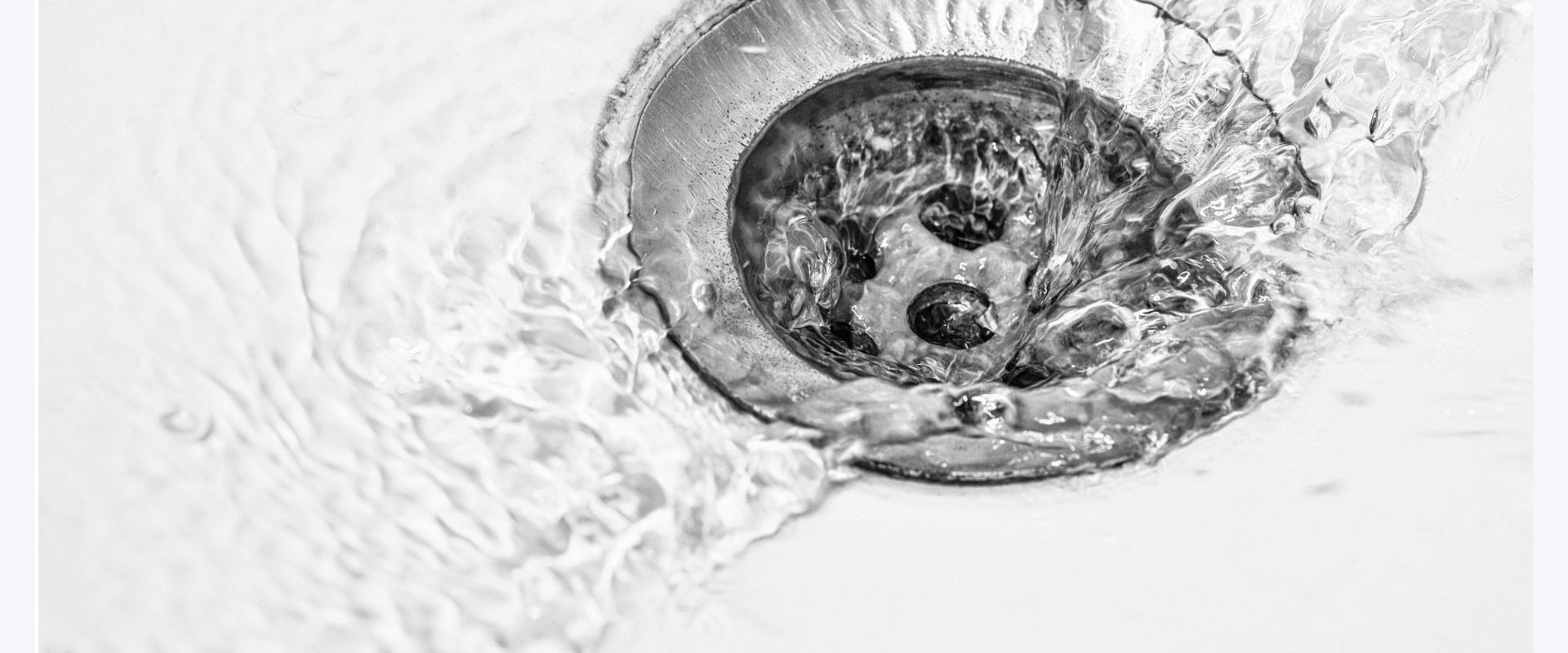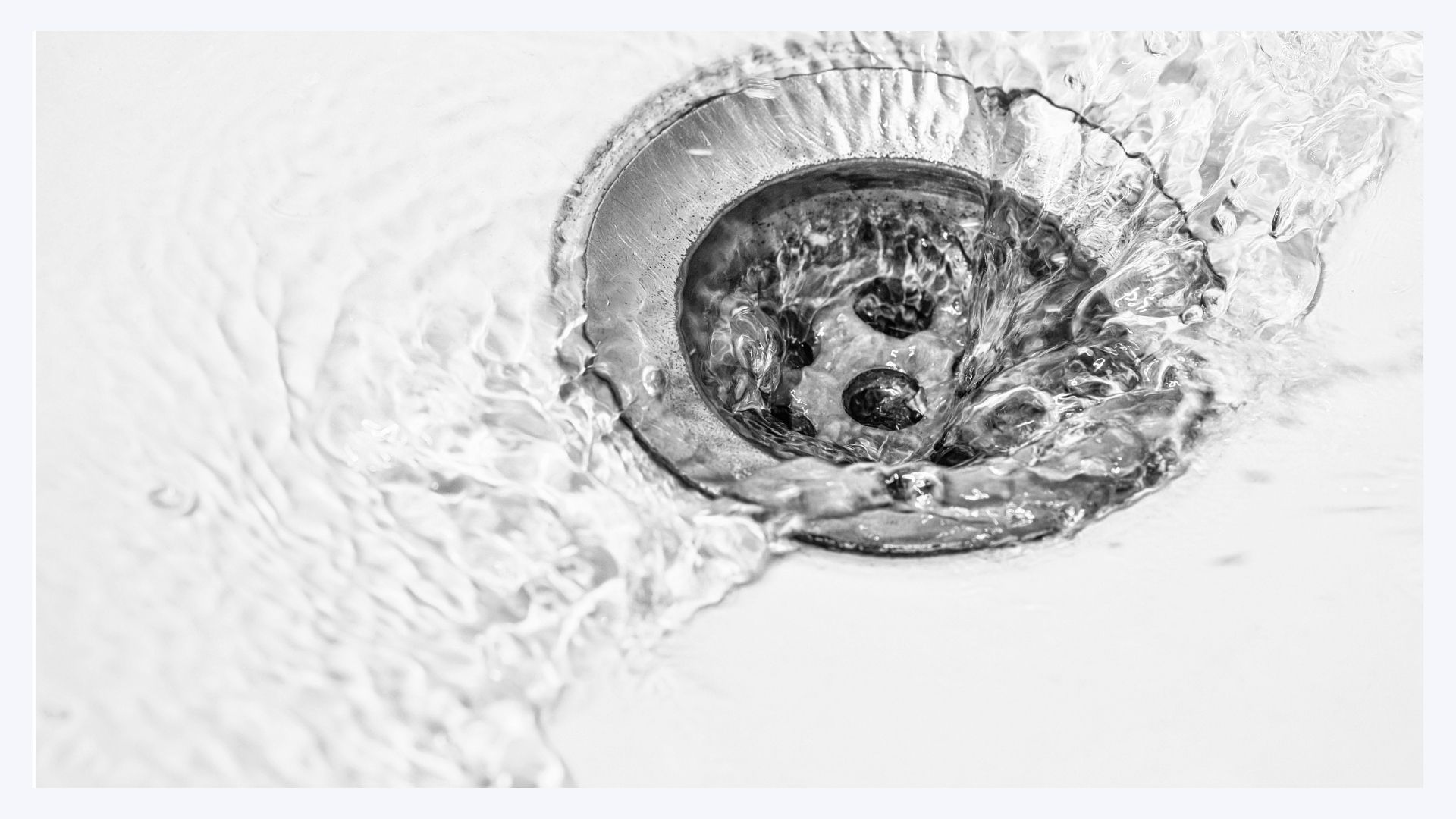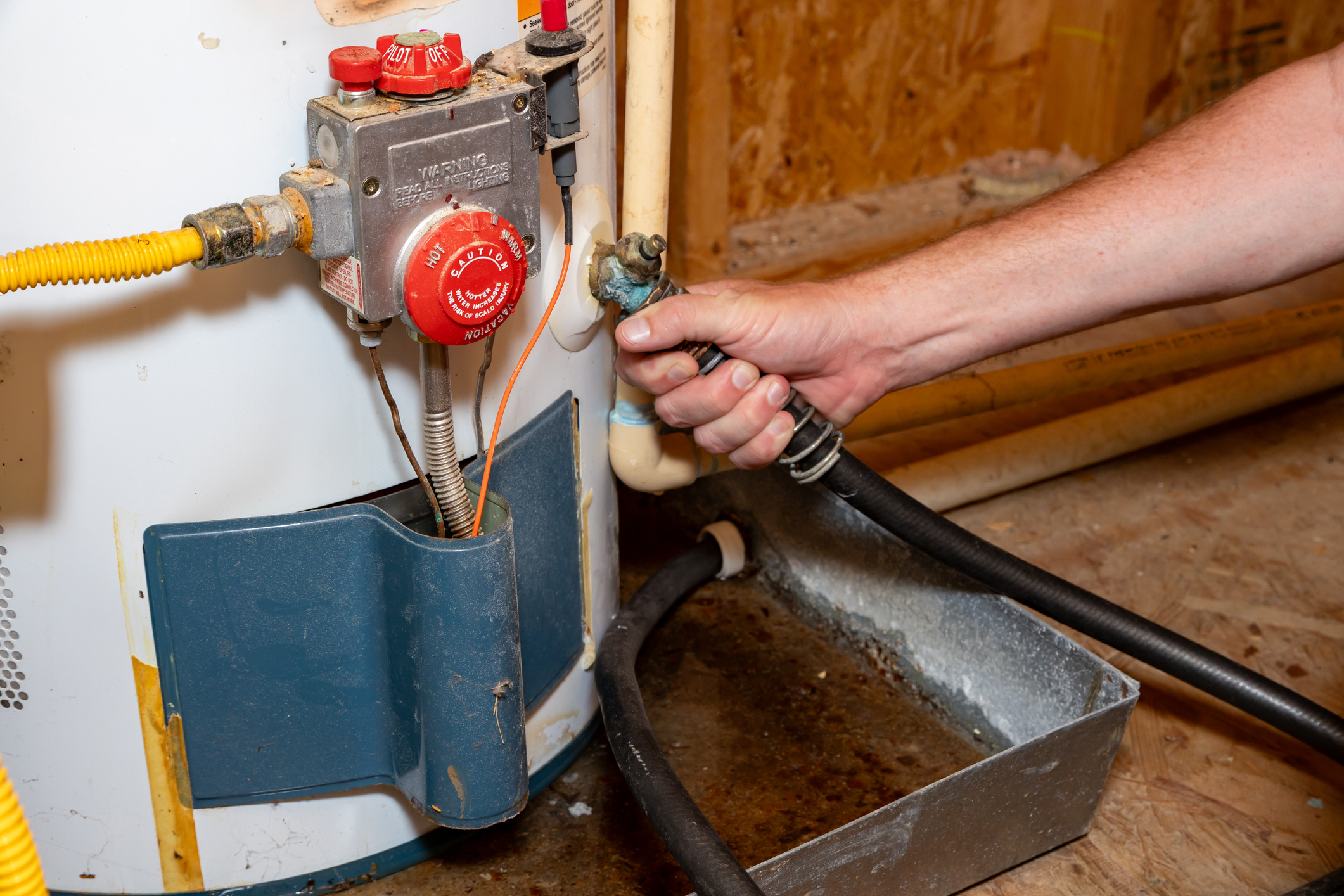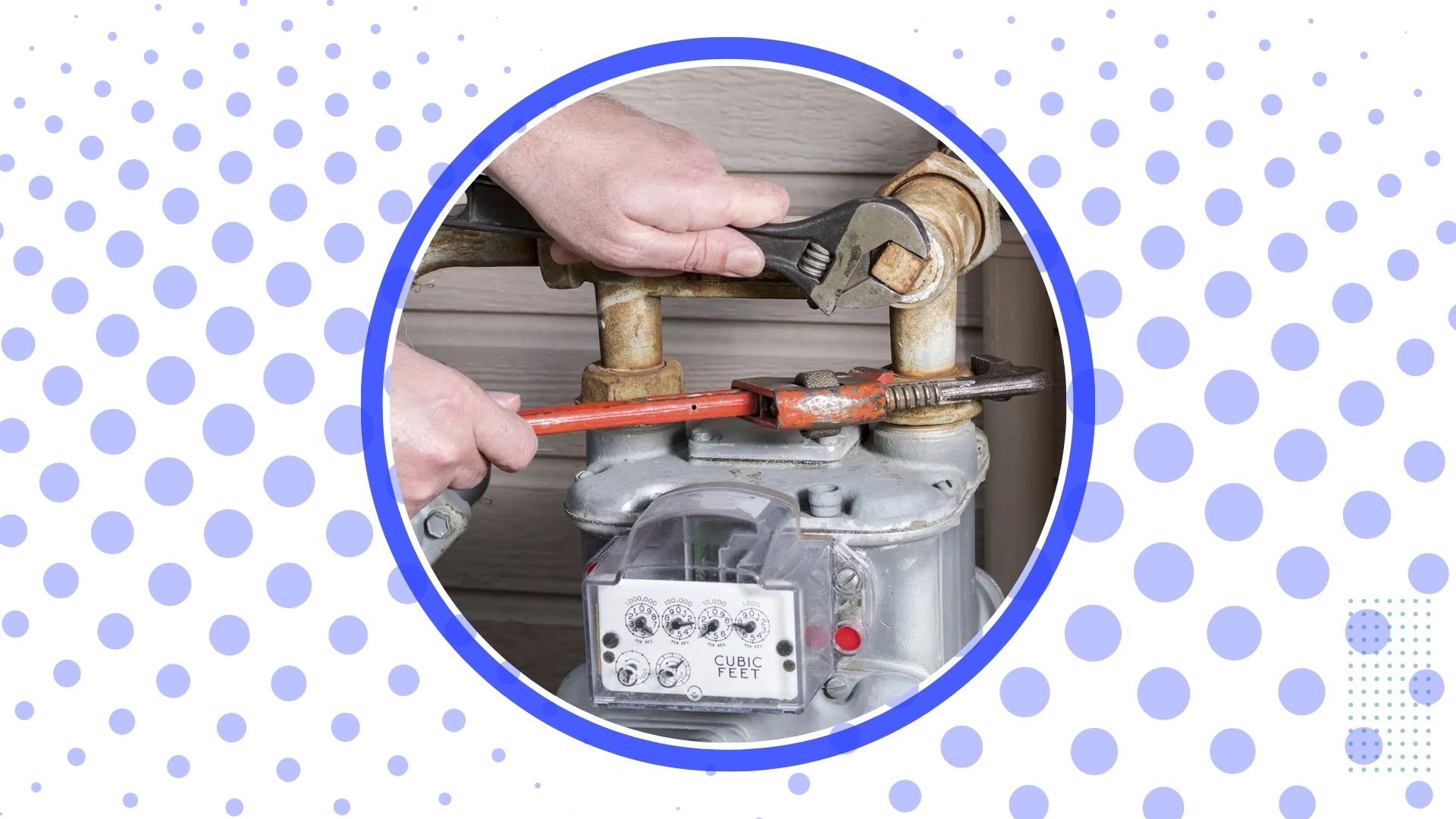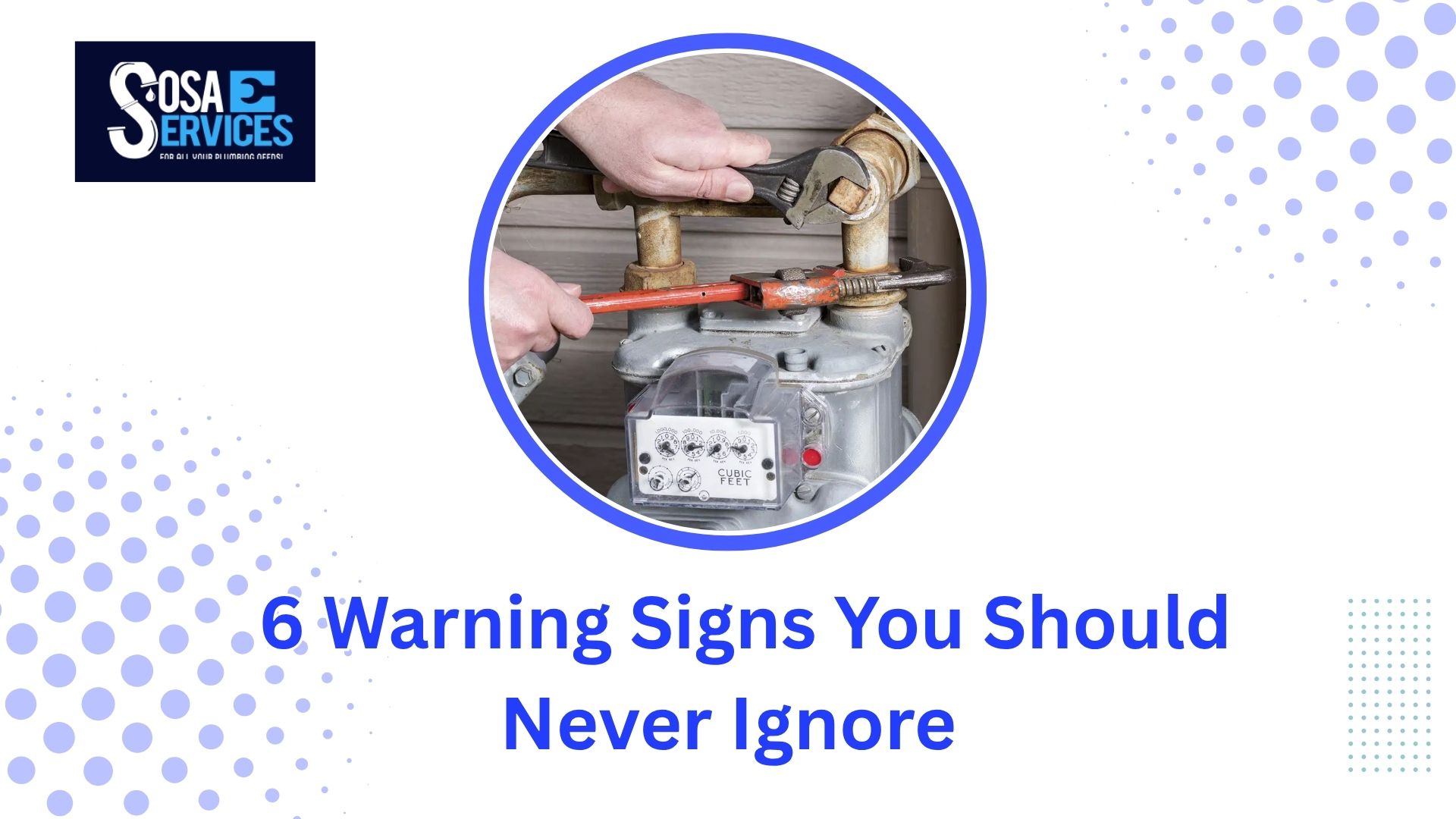Introduction
🛑 Top Causes of Clogged Drains in Texas Homes
Texas plumbing systems face challenges unique to the region—clay soil shifting underground pipes, high-mineral water, and seasonal temperature swings. Below are the most frequent causes behind those frustrating clogs homeowners encounter:
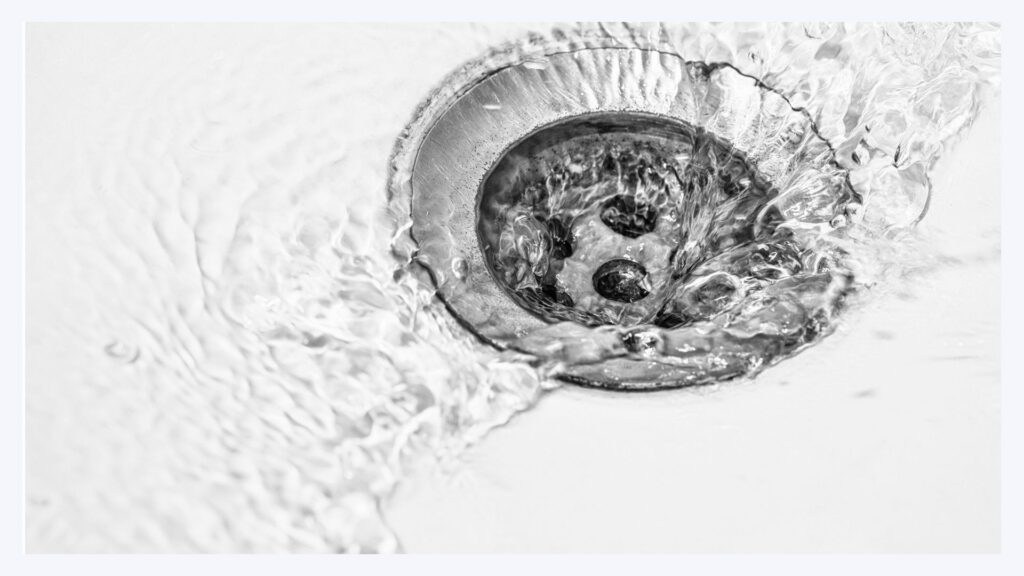
1. Hair and Soap Scum
2. Grease and Food Waste
3. Tree Root Intrusion
4. Hard Water and Mineral Buildup
5. Flushing Non-Flushable Items
🧰 Effective Fixes and Preventive Measures
🔧 DIY Drain Cleaning Tips
- Boiling Water Flush: Great for breaking up light grease or soap scum. Pour a full kettle of boiling water down the drain—slowly and in stages.
- Baking Soda & Vinegar: This natural combo works well for odor and light buildup. Pour ½ cup of baking soda, followed by 1 cup of vinegar. Let it fizz for 15 minutes, then flush with hot water.
- Plungers: Simple, but effective—especially for toilet and sink clogs. Make sure you have a proper seal for the best suction.
- Drain Snakes: Handy for reaching clumps of hair or food debris stuck deeper in the line.
🛡️ Preventive Measures That Actually Work
- Use drain strainers in every sink and tub to trap hair and food particles.
- Never pour grease down the drain—wipe pans with paper towels before washing.
- Limit what you flush—only toilet paper and waste belong in the toilet.
- Run hot water after use, especially in kitchen sinks, to help clear residue.
- Install a water softener if you’re in a hard water zone—it reduces scale buildup.
- Schedule annual maintenance, even if nothing seems wrong. Proactive care catches minor issues before they escalate.
📞 When to Call a Professional
Not every clog can be tackled with baking soda or a drain snake. Sometimes, what seems like a minor issue is actually a symptom of a larger problem lurking deep in your plumbing system. Here are signs it’s time to bring in the experts:Lorem ipsum dolor sit amet, consectetur adipiscing elit. Ut elit tellus, luctus nec ullamcorper mattis, pulvinar dapibus leo.
🚩 Persistent or Recurring Clogs
If the same sink or toilet keeps clogging even after repeated fixes, chances are you’re dealing with a deeper blockage—possibly in the main line. DIY solutions may provide temporary relief, but they won’t eliminate the root cause.
🚩 Multiple Drains Backing Up at Once
🚩 Strange Noises or Odors
If you hear bubbling, gurgling, or smell foul sewer gas near your drains, don’t ignore it. These sounds and smells indicate that something is obstructing airflow in the plumbing system—usually a major clog or venting issue.
🚩 Flooding or Sewage Backup
Any signs of wastewater backing up into your home should be treated as an emergency. Not only is it a sanitation concern, but it also points to a critical failure in your plumbing system that requires immediate intervention.
